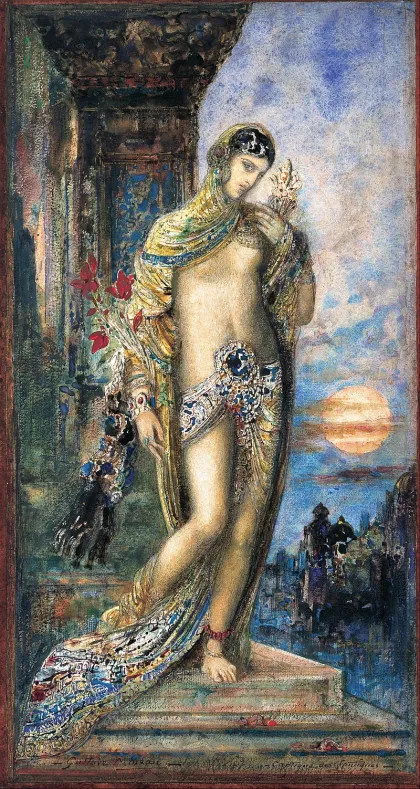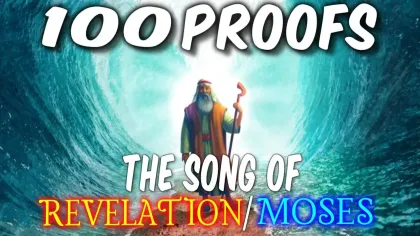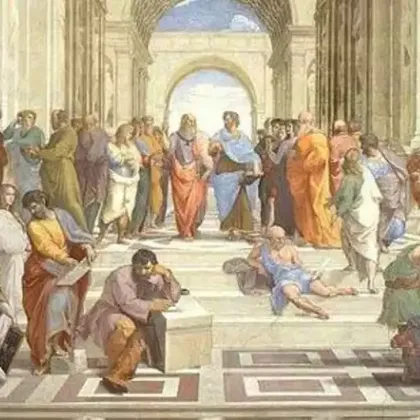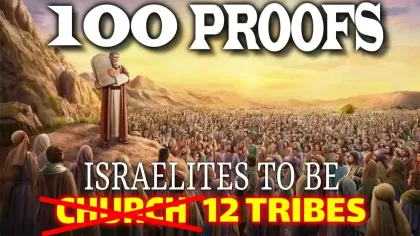TruthVid's 100 Proofs that the Israelites were White, Part 62: 81, The Subjects of Redemption; 82, Strangers from the Covenants

TruthVid's 100 Proofs that the Israelites were White, Part 62
In our last two proofs, we discussed Paul’s commission as an apostle from Yahshua Christ, which states that he was to bear the Name of Christ “before both the Nations and kings of the sons of Israel.” Doing this, we demonstrated how Paul had interpreted that commission as being to the twelve tribes of Israel, and also how he fulfilled it, by bringing the Gospel of Christ to the nations of Europe. Now we shall discuss other aspects of Paul’s epistles which also prove these things, that Paul brought the Gospel to Europe because he knew with all certainty that Europe is where the children of Israel had been scattered abroad, as well as Anatolia and other areas to the north of Palestine. But the scope of these subjects are not all limited to Paul’s epistles.
81) The Subjects of Redemption
There are often assertions made by denominational churches that Jesus came to redeem all of mankind, or all men, as a reference to every single biped that has ever existed, regardless of race or any other aspect of a man’s existence. Then they use the same concept to force Christians to accept people of all races, and even grievous sinners such as sodomites or fornicators. But is that assertion really true? Did Jesus come to redeem all of mankind? Or do the Scriptures inform us explicitly that Christ came to redeem only certain or particular men. And if the Scriptures inform us that Christ redeemed only a certain race or family of men, how can the churches change that on their own? Who gave them the authority, if it is not found in the Word of God?












 Please click here for our mailing list sign-up page.
Please click here for our mailing list sign-up page.








Recent comments